Srimad Bhagavadgita: A Treatise on Counselling
The Srimad Bhagavad Gita is an epic story of the battle between good and evil, and the psychological hurdles one faces in such a battle, in addition to the physical hardships one has to endure. The former are more difficult to handle. The Gita is a treatise on celestial counselling that Arjuna needed in the midst of his battle with the evil forces that happened to be a part of his larger family. It is an illustration that man is a composite of good and evil. His goal is to overcome evil and promote the divine within. There is much in the Gita that counsellors in various fields could learn for their benefit. The Gita was a constant companion of Mahatma Gandhi who developed his concept of nonviolence and the strategy of satyagraha as effective instruments for conflict resolutions. Satyagraha was his way of resolving the manifest conflict between good and evil by synthesizing the two opposite by a dialectical process. This book is a modest attempt to bring into focus the psychological implications and some of the lessons we could learn from this epic narrative that are as relevant to the troubled world today as they were then.
Contents: Preface. Introduction. 1. The existential anguish. 2. Yoga theory: practice and outcome. 3. Yoga of action. 4. Jnana-yoga. 5. Yoga of renunciation. 6. Yoga and meditation. 7. Yoga for self-actualization. 8. Yoga of concentration. 9. Raja-yoga: the royal way to self-actualization. 10. Limitless manifestations of the divine spirit. 11. Vision of lord’s cosmic form. 12. Bhakti-Yoga: devotional path toward self-actualization. 13. Karma-yoga and nature of the subject and the object. 14. The three gunas and beyond. 15. The spirit supreme. 16. The attributes of divine, daring and devilish states. 17. Three ways of becoming a self-actualized person. 18. Renunciation and self-actualization.
Get it now and save 10%
BECOME A MEMBER

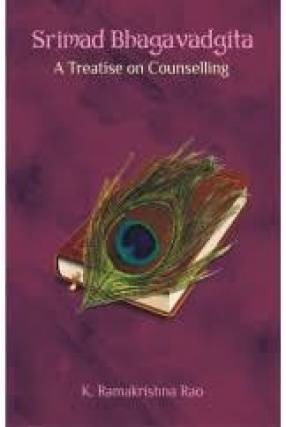
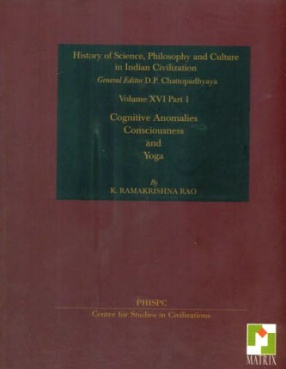
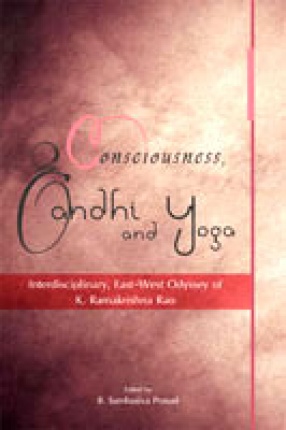
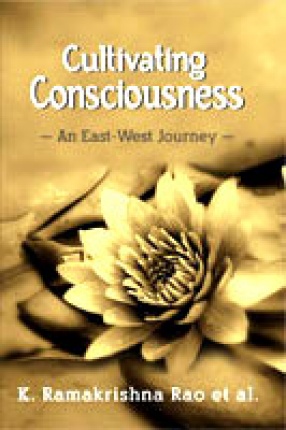
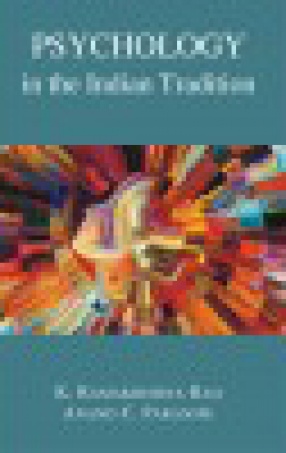





Bibliographic information